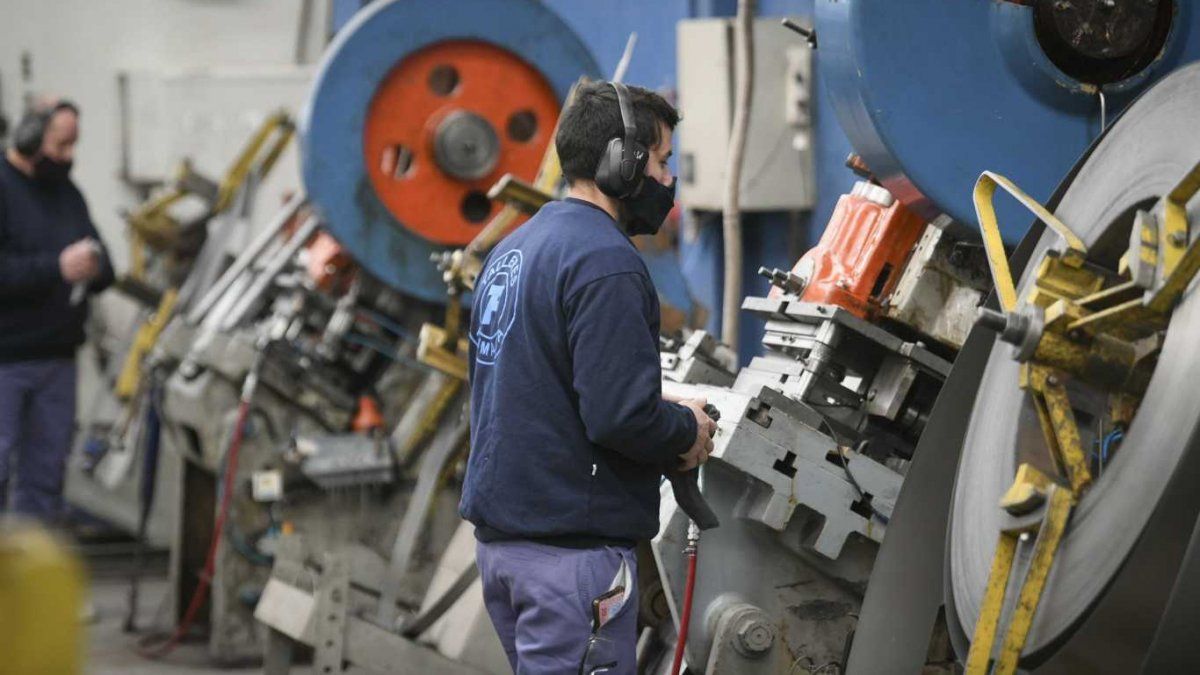In any case, the economist pointed out that “The second half of the year is going to be the most complicated in terms of activity, since fewer dollars enter seasonally and compared to last year there will not be evidence of strong job creation”. “To boost the internal market, it will be necessary to recompose the purchasing power of families, an impossible objective with an average monthly inflation of 5.3% as we had during the first four months,” analyzed Caprarulo, who stressed: “The exchange balance product of the higher international prices was positive during the first quarter. Between May and July the most difficult game is played due to higher energy imports. In any case, we must also closely monitor the jump shown by imports of services and consumer goods”.
the lofty inflation It upset the scenarios foreseen by many of the analysts. This was recognized by Santiago Manoukian, from Ecolatina, who remarked that there is a “greater inertia than estimated”. “So in the middle of that scenario, where we’re seeing increased nominality for the entire economy, we project inflation in the area of 70% for this year; with risks that this nominality continues to rise, because we see wages that are adjusted upwards with higher rates and for shorter periods of time”, the economist told Ámbito.
“But the good news is that we don’t see that that inflationary acceleration hits activity in the short term. Rather, the pro-consumption bias presented by these inflationary acceleration processes, together with the effort to sustain real income, puts support on family consumption. So, we recently revised upwards the projections we have for activity for this year”, remarked Manoukian.
“On the other hand, we were wondering if the recovery going forward, the recovery that was seen in the second half of last year, could be sustained, and we see that some of the drivers that made it possible were going to weaken this year and they definitely are: On the one hand, there is the inflationary acceleration. But on the other hand there is the adjustment of rates that will reduce disposable income and a public sector with a less expansive bias, because it is committed to reducing the fiscal deficit. There is also the rise in interest rates that makes consumer credit and investment more expensive,” added the Ecolatina economist.
Furthermore, Manoukian underlined: “The goal of accumulation of net reserves puts a ceiling on the level of imports that can be paid with the current supply of foreign currency.. There we see an important restriction to growth that may occur due to the dilemma of the Government between meeting the goal or guaranteeing a level of imports consistent with the maintenance of the economic recovery that we are seeing. This is a risk that we see latent, because the ability for the level of recovery to continue will depend on the level of reserves. That it is meager and you are committed to making it grow.”
Slowdown in activity
For its part, from the LCG consultancy they envision a new drop in activity in april, with a slowdown for the second semester. “Therefore, since consumption represents an average of 70% of GDP, with accelerating inflation, this variable will hardly be the engine of growth during 2022; especially in a context where wage increases are quickly eroded by rising prices”, they pointed out from the firm.
“For your part, investment can hardly be an engine that can compensate for the slowdown in private consumption, given the scenario of higher inflation, imports in the spotlight and the political uncertainty brought about by the discussions within the government coalition. Finally, within the framework of the agreement with the IMF, the fiscal impulse will be limited”, analyzed LCG, which concluded: “In sum, we expect a slowdown in activity towards the second half of the year, resulting in an average annual growth of no more than 2% by 2022. However, a large part of this (accounting) ‘growth’ would respond to the statistical drag left by 2021, so it will hardly be perceived by society as a whole”.
Source: Ambito
David William is a talented author who has made a name for himself in the world of writing. He is a professional author who writes on a wide range of topics, from general interest to opinion news. David is currently working as a writer at 24 hours worlds where he brings his unique perspective and in-depth research to his articles, making them both informative and engaging.




